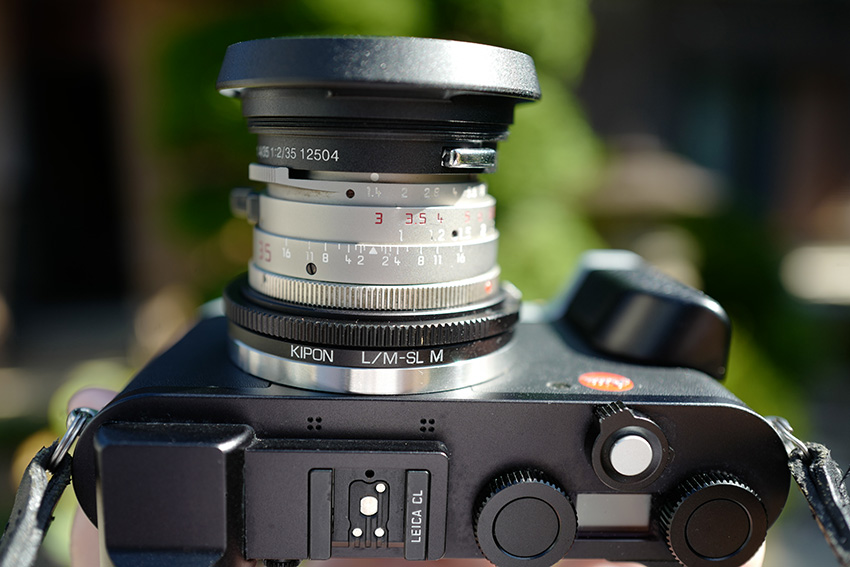

In less expensive lenses, it is most common to see 6 blades in an aperture, and in more professional lenses it is more common to see 9 blades.Īside from the sheer number of the blades is whether they are placed straight or if they are rounded. Some lenses have only 5 or 6 blades on the aperture, and other lenses may have 9 or even 14 blades on the aperture.

When you start to close your aperture down, however, that’s when the blades come into play. When your lens is shot wide open your bokeh will always be circular since the aperture blades are retracted into the lenses housing. It can be opened wide, or shut down to a small circle. The aperture of your lens is opened and closed mechanically, and operates like the pupil of your eye. The number of blades that make up your lens’ aperture are what makes the difference between pleasing bokeh and poor bokeh. The bokeh, however, can be smooth and non-distracting or crunchy and off-putting. The quality of the out of focus portion of a photo is called bokeh (pronounced bo-cuh). When your subject is isolated from your background like this it gives them pop and significance. That shallow depth of field allows you to shoot photos with sharp subjects and soft, blurred backgrounds. If you shoot at a wide aperture you will have a shallow depth of field. You probably already know that the aperture of your lens affects depth of field. However, that short answer needs (a lot) of clarifying to be totally true. When the aperture is changed from f/8 to f/5.6, the light passed is doubled because the aperture has been made larger.The short answer is that the more blades an aperture has, the better. As the opening changes from f/8 to f/l1, the light passing through the lens is reduced by one half because the larger f/stop (f/11) is a smaller aperture.
F STOP COMPARISON FULL
From one full f/stop to the next full f/stop, there is a constant factor of two. The f/stops represent a fraction of the focal length of the lens for a given lens that is, an f/4 lens has an effective maximum opening of one fourth of its focal length. Thus a 12-inch focal-length lens set at f/4.5 gives the same exposure as a 6-inch focal-length lens set at f/4.5. The f/stops indicate to the photographer that a lens (any lens) with a specific f/stop allows a given amount of light to the film. The diameter of the aperture can be changed. In summary then: Light passes through an opening (aperture) of the lens. And altering the f/stop one full stop less (stopping down) reduces the amount of light passing through the lens to one half that of the nearest larger stop. 16 8 4 2 1 1/2 1/4 1/8 1/16 1/32 1/64 1/128 1/256 By studying the table, you can see that when the lens aperture is opened one full stop, the amount of light transmitted is twice that of the nearest preceding stop. A comparative exposure based on 1 second at f/4 or 16 seconds at f/16 is also shown (table l-2). The following table is a listing of the f/stop, better known as the standard full stops. The photographer should become acquainted with this series, so its relative values are known.
F STOP COMPARISON SERIES
All lenses are indexed with the standard series of f/stops either completely or in part-except for the first f/stop (as stated earlier) that is computed to indicate the correct value of the maximum aperture. Nevertheless, the amount of light admitted remains inversely proportional to the square of the f/stop, and the exposure required is always directly proportional to it. As shown in table 1-1, the smallest number may not admit exactly twice as much light as the next larger number. However, moving the index pointer in the reverse order, down the scale (from the smallest opening to the largest), the numbers get smaller and the diaphragm openings become larger. Thus, as the numbers get larger, the diaphragm openings (apertures) become smaller. In this standard series, each succeeding number going up the scale (from the largest opening to the smallest) permits only half as much light to enter the camera. The next number is the nearest f/stop in an arbitrary series that has been adopted as a standard. Table 1-2.≪mount of light, f/stop, and Exposure Time Relationship f/stop 1 1.4 2 2.8 4 5.6 8 11 16 2 2 32 4 5 6 4 Relative exposure Relative amount of light admitted 0.06 0.12 0.25 0.50 1.0 2.0 3.0 8.0 16.0 32.0 64.0 128.0 256.0 The first (lowest) f/stop marked on the lens mount is the correct value for its largest aperture.


 0 kommentar(er)
0 kommentar(er)
